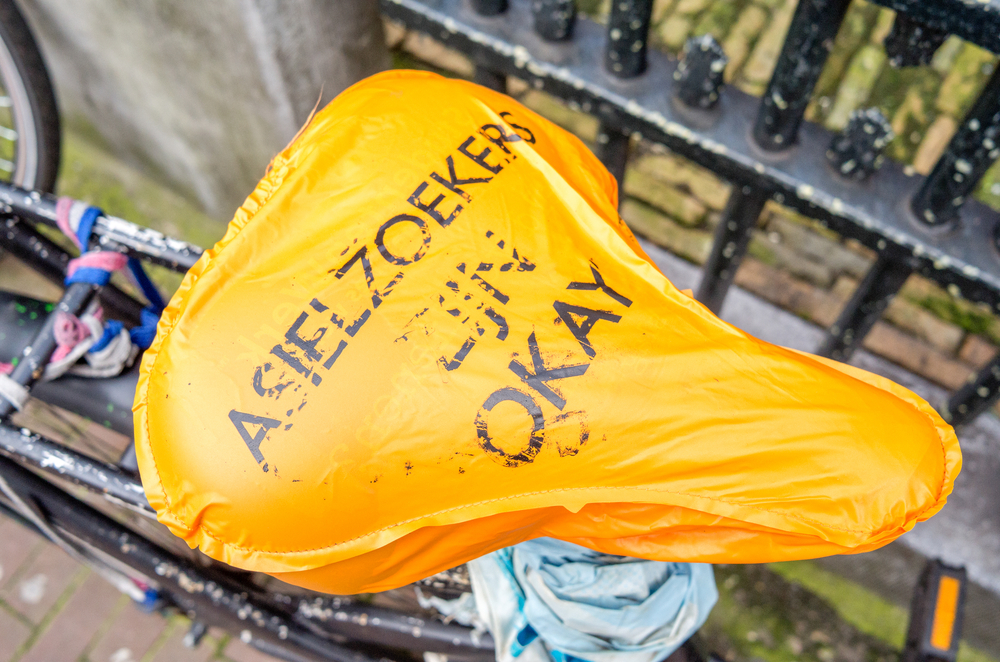The Dutch government needs to create an additional 38,000 spaces to accommodate the anticipated influx of asylum seekers arriving into the country this year, investigative work from Dutch current affairs program Nieuwsuur reveals.
In recent publications, the country’s Central Agency for the Reception of Asylum Seekers (COA) wrote it expects a total of 75,500 places will be required to sufficiently handle new arrivals, up from the 50,000 reception places that currently exist.
Last year, the government relied heavily on temporary accommodation, including cruise ships, but these will no longer be available for asylum purposes come the spring when the tourist season returns.
Figures viewed by Nieuwsuur show that as many as 35 locations throughout the country, currently being used to house asylum seekers, will close their doors by June 1, leaving the Dutch government approximately 38,000 places short of its target.
State Secretary Eric van der Burg, responsible for the country’s asylum and migration policy, told the program his department will “do everything possible” to ensure all asylum seekers are properly accommodated; he also confirmed that tens of thousands of shelters will need to be created, presumably at Dutch taxpayers’ expense.
“The task is great, but we are now more prepared than last year,” he added.
Earlier this month, a damning Court of Audit report revealed that the Dutch government had overspent on its budgeted asylum policy in 21 of the last 23 years. It spent €1 billion, almost double the €538 million it had budgeted, on asylum policy last year.
[pp id=63045]
The independent body echoed similar warnings to the findings of Nieuwsuur that as temporary accommodation used last year returns to its primary purpose, the country’s asylum agency will need to resort to new emergency accommodation for thousands of asylum seekers at considerable cost. It also warned that simply establishing new reception centers without investment in wider societal needs will negatively impact education, the housing market, and public transport.
The Dutch population grew by almost 227,000 last year to 17.8 million, with the increase almost entirely attributed to mass migration, Dutch broadsheet De Telegraaf reported earlier this month.





